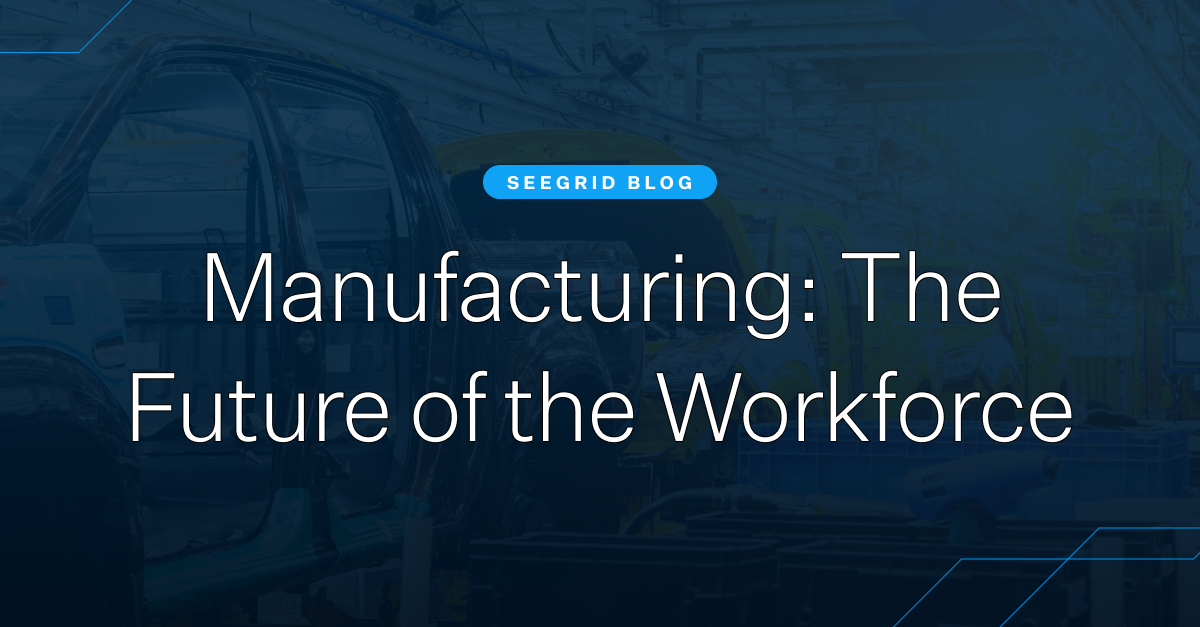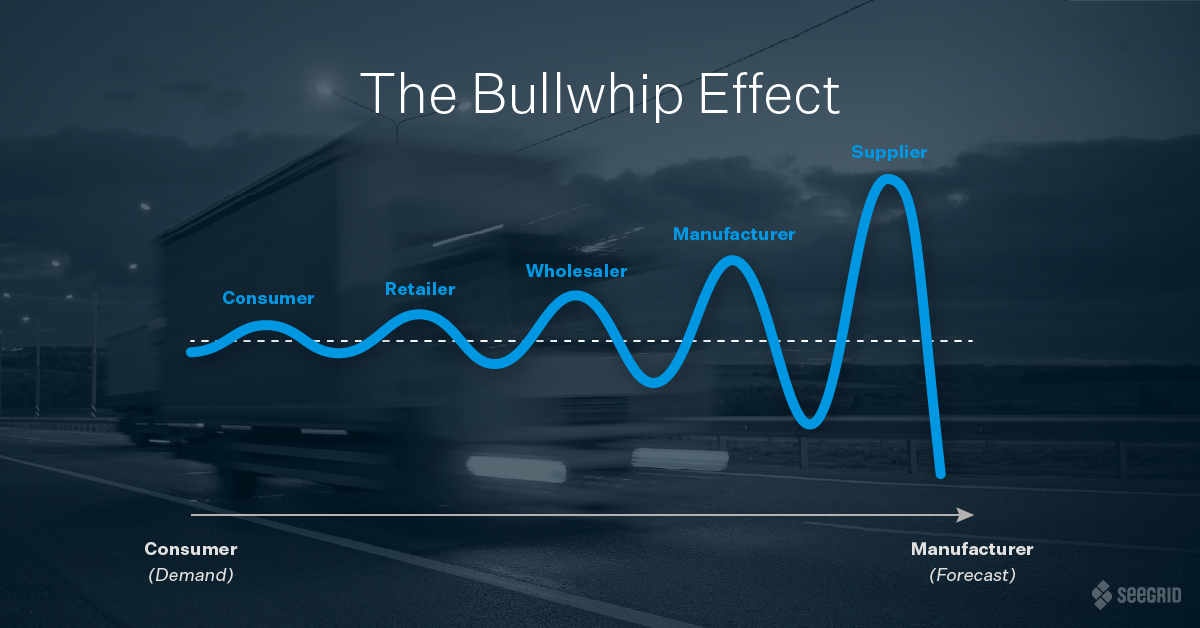The labor shortage sweeping the United States is causing unease among manufacturing facility leaders. With smaller staffs and perpetual peaks in demand, management is left wondering how they’ll fulfill orders on time now and in the future. By 2028, it is predicted that the manufacturing labor shortage may reach 2.4 million vacant positions. Automation and its ability to move materials quickly and safely is the answer to boosting productivity now and in the years to come.
Automation and the future of work does not make the human workforce obsolete. In fact, it is quite the opposite. Industrial automation technology, specifically autonomous mobile robots (AMRs), creates stimulating new careers for humans that are much safer than their previous roles. Additionally, the productivity and savings benefits allow manufacturing companies to continue to grow as their labor pools shrink.
Check out three ways automation will play a huge part in shaping the future for our manufacturing workforce.
1. Creates New Job Opportunities
Even though automation solutions are incredibly smart, they sometimes require monitoring and decision-making by their human coworkers. For example, AMRs require humans to train their routes, monitor their productivity, and make adjustments to their routes to accommodate expanded operations, new steps in the manufacturing process, or areas where improvements can be made. All of these tasks necessitate that human workers learn new technologies, software programs, and the ins and outs of their manufacturing facility operations.
Automation doesn’t take away jobs. Automation creates jobs that are intellectually stimulating, rewarding, and safe. AMRs excel at tedious, repetitive, and dangerous tasks. It’s natural for a human’s mind to wander when performing the same motion or driving the same route hundreds of times per shift. Unfortunately, a momentary lapse of concentration can cause an accident in manually driven forklifts or tuggers. Additionally, repetitive motions can tax the human body and mind, leading to ergonomic concerns and burnout.
When AMRs fulfill material transportation jobs, human workers are free to explore value-add positions that provide opportunities for them to grow. The demand for technological skills has been growing for decades. McKinsey predicts that automation and artificial intelligence will accelerate the shift in skills that the workforce needs. Their research suggests that through 2030, the hours spent using advanced technological skills will increase by 55 percent in the United States. Conversely, physical and manual skills will likely continue to see a large drop in demand.
2. Reduces Operating Costs
Manufacturing facilities’ operating costs also benefit from human employees shifting from dangerous jobs to safer positions. Not only can manually driven heavy machinery cause tragic accidents, but those resulting accidents are often very expensive. The administration costs, downtime, and lost productivity following an accident racks up the average cost of an accident to $188,000.
In an industry that’s already short on time, any production stoppages can have costly consequences. AMRs provide a reliable, safe way to move materials while reducing costs. For example, Seegrid Palion AMRs have driven millions of miles without a single personnel safety incident, and they eliminate human error that can result in damaged final products or raw materials, injury, or death.
3. Boosts Productivity
Besides helping with labor and operating costs, automation improves the bottom line and productivity. AMRs complete tasks on time and according to plan without the need for breaks, reducing the need for overtime. Automation solutions, like Palion AMRs, can be deployed quickly and only need to be driven on the new route once to remember it. Training humans usually requires extensive training and a period of trial and error that can drastically slow production.
Technology adoption ties into productivity as well. When employees learn, work alongside, and get comfortable with automation technologies, the organization will track toward their goals faster. Reaching a return on investment quickly means that organizations can scale their automation solutions, achieve a new set of goals, and enter a speedy productivity cycle of constantly getting better.
Another way for companies to advance productivity is by analyzing AMR fleet performance data. AMR fleet monitoring tools, such as Seegrid’s analytics software, Fleet Geek, provide supply chain visibility by showing intuitive data visualizations and status updates. Using Fleet Geek, facility managers can monitor AMR activity and interpret key insights to gauge their facility productivity and determine changes that can strengthen performance.
A Promising Future for Human and Machine
Industrial automation technology will help manufacturing facilities reach their safety and productivity goals amid the current labor shortage. AMRs are extremely well-suited for manufacturing environments because they can navigate dynamic production floors and complete tasks safely and on time, every time. The operational cost savings, new job opportunities, and productivity boosts allow manufacturers to see a quick return on their automation investment.
Even though the state of the manufacturing workforce of the next few years is unknown, the future of work for humans alongside technology is bright. Seegrid is dedicated to a future where automation and the workforce will work seamlessly together in any environment.
Infographic: Driving Forklift Safety with AMRs
Download this infographic to learn more about how Seegrid’s automation solutions can handle dangerous work and improve the workplace by succeeding at monotonous and repetitive tasks.







